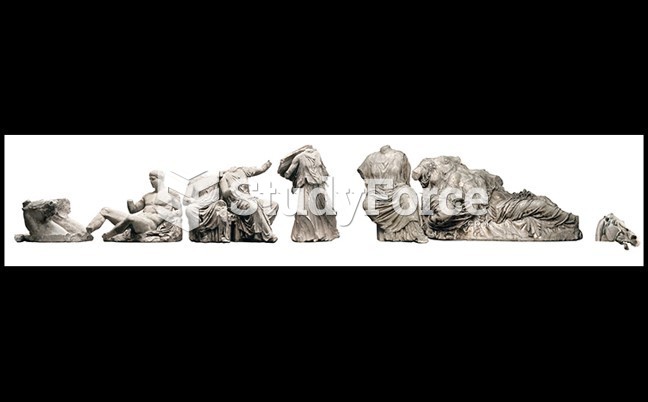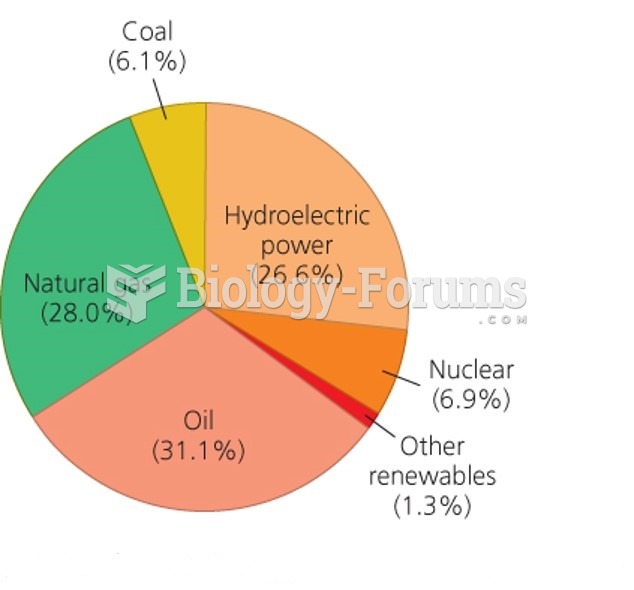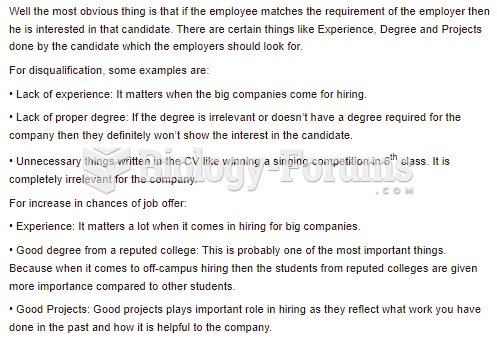Answer to Question 1
ANS: C
Historians may observe film, videotapes, photographs, or artistic representations of historical events.
Ethnographers observe and document interactions within a culture. Historians may observe film, videotapes, photographs, or artistic representations of historical events.
Grounded theory develops theory directly from the research data. Historians may observe film, videotapes, photographs, or artistic representations of historical events.
Phenomenological research attempts to capture the lived experience of study participants. Historians may observe film, videotapes, photographs, or artistic representations of historical events.
Answer to Question 2
ANS: C
Although the researcher defines the focus, there is no fixed sequence of questions. The questions addressed in interviews tend to change as the researcher gains insights from previous interviews and observations.
Rather than occurring at a single point in time, dialogue between researcher and participant may continue at intervals across weeks or months. Although the researcher defines the focus, there is no fixed sequence of questions. The questions addressed in interviews tend to change as the researcher gains insights from previous interviews and observations.
The interview is performed so that a deep, mutual understanding is achieved. Although the researcher defines the focus, there is no fixed sequence of questions. The questions addressed in interviews tend to change as the researcher gains insights from previous interviews and observations.
It is not unusual for the researcher to meet with the participant to explain a bit about the study and plan for interview(s). Although the researcher defines the focus, there is no fixed sequence of questions. The questions addressed in interviews tend to change as the researcher gains insights from previous interviews and observations.







